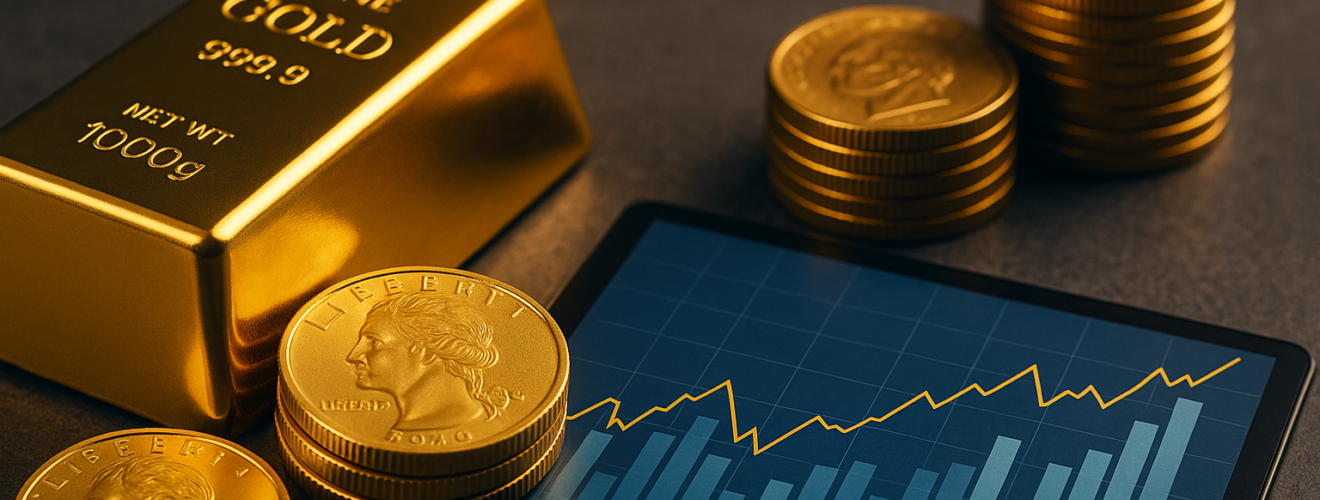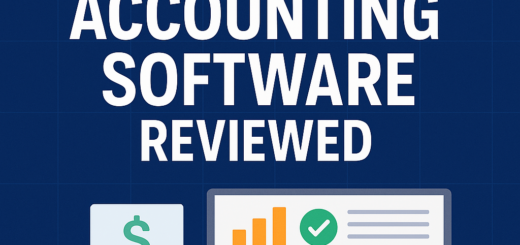Gold ETFs vs Physical Gold – Which Is Better?

Gold has always attracted investors seeking stability, long-term returns, and a hedge against inflation. In India and across the world, gold symbolizes both wealth and security. Traditionally, people bought physical gold in the form of jewelry, coins, or bars. However, with the growth of digital finance, Gold Exchange-Traded Funds (ETFs) have emerged as a modern alternative.
If you want to invest in gold but don’t know which route to take, this article will help you decide. Let’s compare Gold ETFs and physical gold based on cost, liquidity, storage, safety, returns, and convenience.
What Are Gold ETFs?
Gold ETFs are mutual fund-like instruments that track the price of physical gold. Each unit of a Gold ETF typically represents one gram of gold. Investors buy and sell them through stock exchanges just like equity shares.
Fund houses back these ETFs with physical gold stored in secured vaults. So, when you purchase units of a Gold ETF, you don’t receive gold physically. Instead, you own paper gold that reflects the same market value.
What Is Physical Gold?
Physical gold refers to tangible forms like jewelry, gold bars, and coins. It remains the most popular way of owning gold in India due to cultural importance and traditional value. People buy it during festivals, weddings, and as a long-term asset.
Unlike ETFs, physical gold offers emotional and aesthetic satisfaction. However, it comes with its own challenges related to storage, purity, and liquidity.
Comparison: Gold ETFs vs Physical Gold
Let’s break down the key factors that differentiate the two:
1. Liquidity
Gold ETFs provide unmatched liquidity. You can buy or sell them during stock market hours with just a few clicks. The settlement happens instantly through your Demat account. You don’t need to find a buyer or negotiate rates.
In contrast, selling physical gold takes more effort. Jewelers often deduct making charges or offer lower rates. The purity and form of your gold also impact the resale price. Many buyers hesitate to buy large quantities of physical gold unless they verify its quality.
Winner: Gold ETFs
2. Storage & Safety
When you invest in Gold ETFs, you eliminate all storage worries. The fund house keeps the underlying gold in high-security vaults and insures it. Your holdings remain safe in your Demat account, free from theft or damage.
Physical gold demands secure storage. Home safes and lockers at banks carry costs and risks. You also need to worry about insurance, especially if you store significant amounts. Theft, misplacement, or damage remains a concern.
Winner: Gold ETFs
3. Purity & Standardization
Gold ETFs follow global standards. Fund houses invest only in 99.5% pure gold or higher. The Securities and Exchange Board of India (SEBI) regulates them, ensuring transparency and consistency.
Physical gold varies in quality. Jewelers often sell gold of different purities, and buyers rarely verify it before purchasing. Counterfeit risks and poor quality affect the resale value.
Winner: Gold ETFs
4. Cost & Charges
Gold ETFs involve three primary costs:
- Brokerage fees during buying/selling
- Expense ratio charged by the fund house (usually 0.5% or less)
- Demat account maintenance (if applicable)
Physical gold comes with making charges (ranging from 8% to 25% for jewelry), GST, and wastage. Jewelers add premiums depending on demand and design. You also incur storage costs if you use bank lockers.
While Gold ETFs carry financial system-related fees, physical gold involves heavier upfront charges.
Winner: Gold ETFs
5. Ease of Buying
You can buy Gold ETFs online through stockbrokers, mobile apps, or trading platforms. The process takes less than five minutes. No physical movement, paperwork, or security steps are necessary.
Buying physical gold requires visiting a jeweler or store. You need to inspect purity, choose weight and design, and complete the transaction in person. The process feels more traditional and time-consuming.
Winner: Gold ETFs
6. Emotional Value & Usage
Only physical gold offers emotional value and usage. You can wear gold jewelry, gift it during ceremonies, or keep it as a family heirloom. Many cultures value gold not just as an investment but as a legacy.
Gold ETFs can’t provide this emotional or cultural satisfaction. You can’t touch or use them. They serve purely as investment tools.
Winner: Physical Gold
7. Taxation
The government treats both Gold ETFs and physical gold as non-equity assets. If you sell them after three years, you pay long-term capital gains tax at 20% with indexation. For holding periods below three years, gains attract short-term capital gains tax as per your income slab.
However, Gold ETFs maintain proper digital records, making tax filing easier. When you sell physical gold, tracking purchase history, cost of acquisition, and purity becomes difficult. Many people avoid declaring it accurately, which can invite scrutiny later.
Winner: Gold ETFs
8. Investment Flexibility
Gold ETFs allow investments as low as the price of one gram of gold. You can automate SIPs (Systematic Investment Plans) and build wealth gradually. This feature makes Gold ETFs more accessible to first-time investors and students.
Physical gold usually requires larger upfront investments. Jewelers rarely sell fractional grams. You also need to plan visits and negotiate prices manually.
Winner: Gold ETFs
Who Should Choose Gold ETFs?
You should choose Gold ETFs if you:
- Prefer digital convenience
- Want to avoid storage risks
- Invest primarily for returns and inflation hedging
- Like monitoring your portfolio online
- Want easier tax reporting
Gold ETFs suit salaried professionals, urban investors, and anyone who prioritizes ease and security over physical ownership.
Who Should Choose Physical Gold?
You should choose physical gold if you:
- Value tradition and cultural use
- Want to wear or gift gold
- Trust physical assets more than digital formats
- Plan to keep gold as a family legacy
Physical gold fits people in semi-urban or rural regions, senior citizens, and those who attach emotional significance to tangible assets.
Final Verdict: Which Is Better?
If you focus on returns, safety, and liquidity, Gold ETFs win in almost every category. They offer modern investors a smart, low-cost, and hassle-free way to benefit from gold’s long-term performance.
But if you value tradition, emotional utility, and physical ownership, then physical gold still holds strong appeal.
Instead of choosing one over the other, you can combine both. Allocate 70% to Gold ETFs for long-term investment and 30% to physical gold for personal use. This approach balances utility with smart investing.
Gold, whether in paper or physical form, will continue to hold value. Choose the format that aligns with your goals—not just your instincts.













